Cadillac ATS vs the World
Behind the scenes of Cadillac’s Olympic campaign
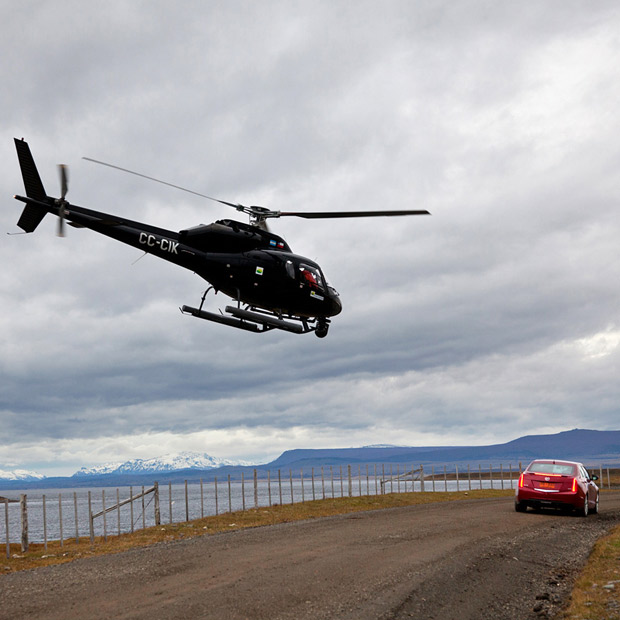
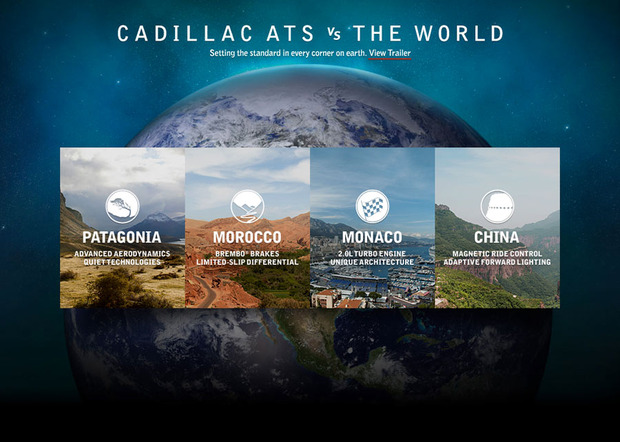
Debuting during the 2012 Olympics, the “Cadillac ATS vs. the World” campaign was one of the standout ad spots of the international broadcast. The ATS is Cadillac’s entry-level luxury sedan, meant to compete in a market dominated by European manufacturers like Audi and BMW. The messaging of the campaign is summed up in the title, and quite literally pits the four door sedan against four stretches of road across the world. What viewers probably didn’t know while watching the TV spots is that the 30-second snapshots are just a gateway to a wealth of content distributed among more than 20 mini-documentaries centered around the car, the task of filming the campaign and various cultural segues.
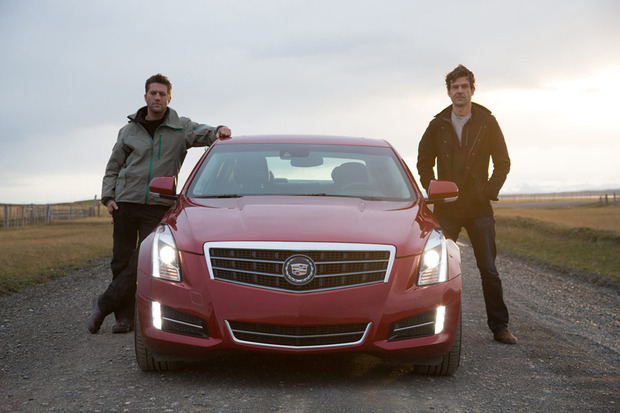
Patagonia, Monaco, Morocco, China—director and racing legend Jeff Zwart took driver Derek Hill and actor Ross Thomas on a sometimes harrowing adventure that bridged continents in search of some of the most technically challenging segments of road around. The campaign was an aggressive move, signaling a car that is looking to seriously compete with the best manufacturers in the world. We spoke with Todd Riddle—of the Fallon agency, who spearheaded the campaign—as well as Zwart to learn about the unique challenge of executing an project of this scale.
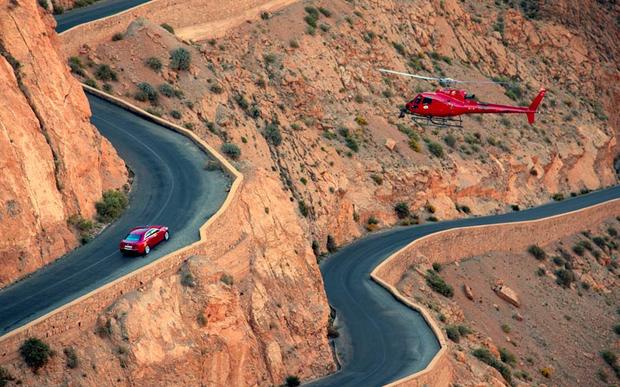
“We wanted to maximize this experience,” says Riddle. “We knew we wanted to go beyond the 30-second world of what we were delivering on TV to have a web experience that could be really full in terms of not just showing where we were but also what the features of the car were and how that worked.” The splash page makes that message clear, with four locations that lead to photography, text and videos.
“We wanted to create a palette, so to speak, of locations,” Riddle continues. “If you look at the ATS website, you literally see this palette of locations and there are some nice, different textures—Monaco, Morocco, Patagonia and China.” From heritage racing sites to hand-carved tunnels, a sense of discovery and storytelling uses the ATS as a launchpad for a larger narrative.
One thing that comes through is the lack of a script. From the outset a non-traditional shoot, Zwart explains that he took to the roads with little more than a crew and a car. “The roads were attacked pretty much flat out, and I think one thing that’s really good to note is that we didn’t rehearse anything,” explains Zwart. “When we arrived for our first day of shooting, that first trip down the road was handled pretty much flat out—our cameras were rolling and whatever happened, happened.”
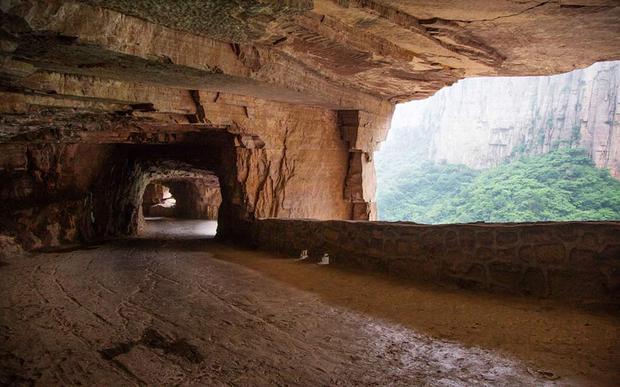
Tailed by a documentary crew, Zwart was at once the director and star of his own production. After cutting together a 90-second in-house video of the behind-the-scenes action for those back at the Cadillac HQ, it was clear that this backstory should be included in the overall campaign.
Zwart explains the experience of working with driver Derek Hill, son of Formula One champion Phil Hill, saying, “Typically on television commercials, we hire precision drivers. In this case, I had a racing driver who had never really done any on-camera work. When I asked him to take a run for me he drove flat out—he’d come straight out of the box and go flat out, just as he would in a race car. And he didn’t have much in between.”
Passenger, adventurer and color commentator Thomas brings levity to some of the tasks, which ranged from a stretch of 100 hairpin turns to 100 MPH straightaway driving into 40 MPH winds. To show the various technical aspects of the ATS, Zwart rigged cameras to every conceivable part of the car, including the undercarriage and outside the wheel. When possible, he also used a helicopter for aerial shots. In China—where flying a chopper wasn’t an option—he employed the use of a remote helicopter.
In the end, even the racing veterans were impressed by the ATS’s performance. The Guoliang Tunnel was a special challenge, featuring a hand-carved road with rapid transitions from rock to gravel. “The magnetic ride control (MRC) was just phenomenal,” says Zwart. “The first time I went down I was just blown away at how this was working. Because in my mind it was going to be bouncing everywhere and we were going to be very limited at the speed we had to travel and I was genuinely shocked by that.”
Beyond the car, the featured locations include a number of videos on local culture. Highlights include an interview with the last native speaker of the Yaghan language in Patagonia and a visit to the Shao Lin Kung Fu academy in China. Sidelining the temptation to produce a 30-second spot of a shiny car driving though Napa Valley, the team hoped to tell a bigger story with a different texture.
For those at home, it’s hard to watch the segments, each introduced with the total distance in miles from Detroit, without thinking of this as a narrative about the American auto industry, its international standing and the competition it hopes to create.












